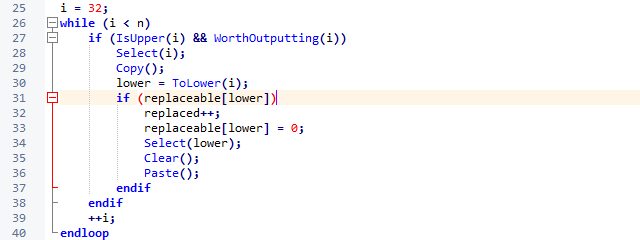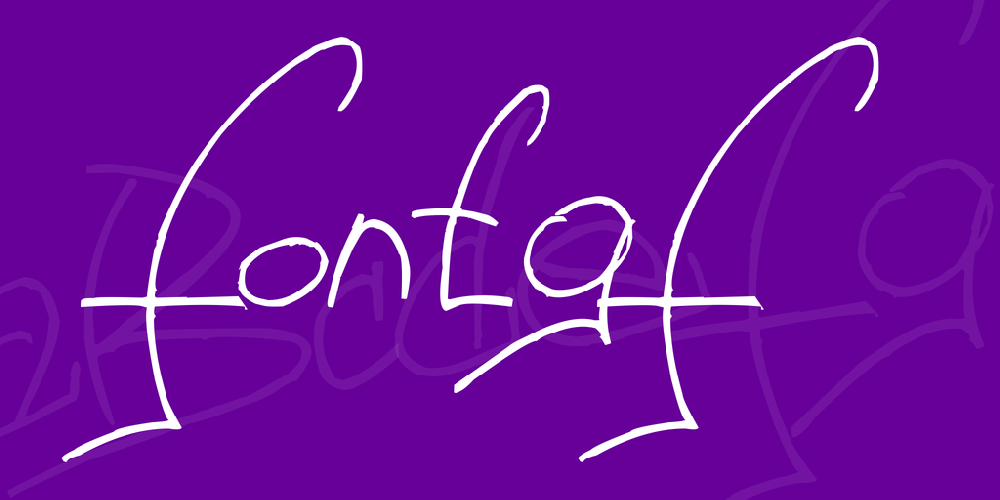

AuthorsįontForge is Copyright © 2000–2014 by George Williams, and is currently maintained by the FontForge development team. The HTML version of the FontForge manual, available online at. "Encoding" files for Adobe's cid formats, from. Optional location for online documentation. Files ~/.FontForge/autosaveĬrash recovery directory. Each statement is printed as it is executed. Specifies the location of the metafont program. Usually FontForge can figure this out without help, but not always. Specifies the location of the autotrace program. Specifies the name of a browser program for examining online documentation. Exampleįontforge myfont.ttf & Environment BROWSER skippyplugĭo not load (enabled) Python plugins when initializing. skippyfileĭo not execute Python init scripts when initializing.

All other arguments are passed to the script. c script-stringĮxecutes argument as scripting commands. This option can only be used with fontforge's own scripting language, not with Python. All other arguments are passed to scriptfile. This means that FontForge can be used as an interpreter. If a script file is executable, and if its first line contains the string "fontforge", then the argument -script may be omitted. The program contains a command interpreter, which allows access to most but not all of its interactive features. Any other command line arguments will be passed to the script. Any other arguments are handled by the script file itself. This must be the first argument passed to FontForge. Must be the first option (or follow -lang). Use fontforge's legacy scripting language. Use Python for scripts (may precede -script). Prints the version of fontforge and exits. helpĭisplays help file output and then invokes a browser using the BROWSER environment variable. Use (or not) the cairo library for drawing.
Fontforge script otf to ttf Pc#
Use ppc on Power PC Mac running SUSE GNU/Linux. Use mac on a Mac computer running Mac OS. private creates a new color map and fills it with the required colors. copy allocates what can be allocated, then copies the current color map it can thus make use of cells other programs are using. The program will likely not find everything it requires. current attempts to allocate colors int he current (shared) color map. depth pixeldĪttempt to employ a visual that matches the specified pixel depth, pixeld. display display-nameĮmploy the X display specified by the string display-name (for example: localhost:0). If a copy of fontforge is already running, open all arguments in it and have this process exit. quietĭon't print non-essential information to stderr. inquire asks what to do with auto-saved crash recovery files. auto performs automatic recover if the program crashed before saving changes this is the default. recover none| auto| inquire| cleanĬontrol error recovery. If the first argument is an executable filename, and that file's first line contains "fontforge", then it will be treated as a scriptfile. It will execute the scriptfile and give it any remaining arguments If a scriptfile is specified then FontForge will not open the X display, nor will it process any additional arguments. If no fontfiles are specified, and neither is -new, and there is nothing to recover, then FontForge will produce an open font dialogue box.
Fontforge script otf to ttf manual#
This manual page is intended only as a rudimentary overview see the HTML Users Manual for more complete information. In the absence of options or arguments, the program opens a file-picker window, allowing you to browse your disk to find a font file, or create a new one. If the argument list contains a font file name (or several), fontforge opens a fontview window for each font displaying the characters of that font. FontForge will also read its own format: Spline Font Database (sfd) files. Font files may be compressed with gzip (for example, ).

Create, modify, and view font files Synopsisįontforge DescriptionįontForge will read PostScript (pfa, pfb, ps, cid), OpenType (otf), TrueType (ttf, ttc), Macintosh resource fonts (dfont, bin, hqx), Scaled Vector Graphics (svg), TeX bitmap (pk), Glyph Bitmap Distribution Format (bdf), and X11 bitmap (pcf) fonts.


 0 kommentar(er)
0 kommentar(er)
